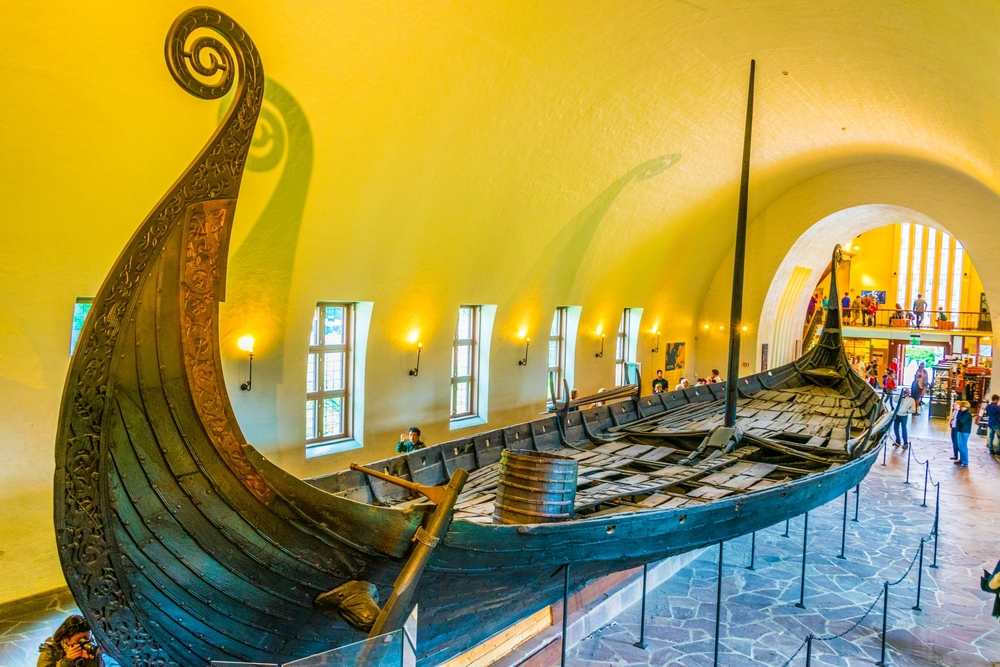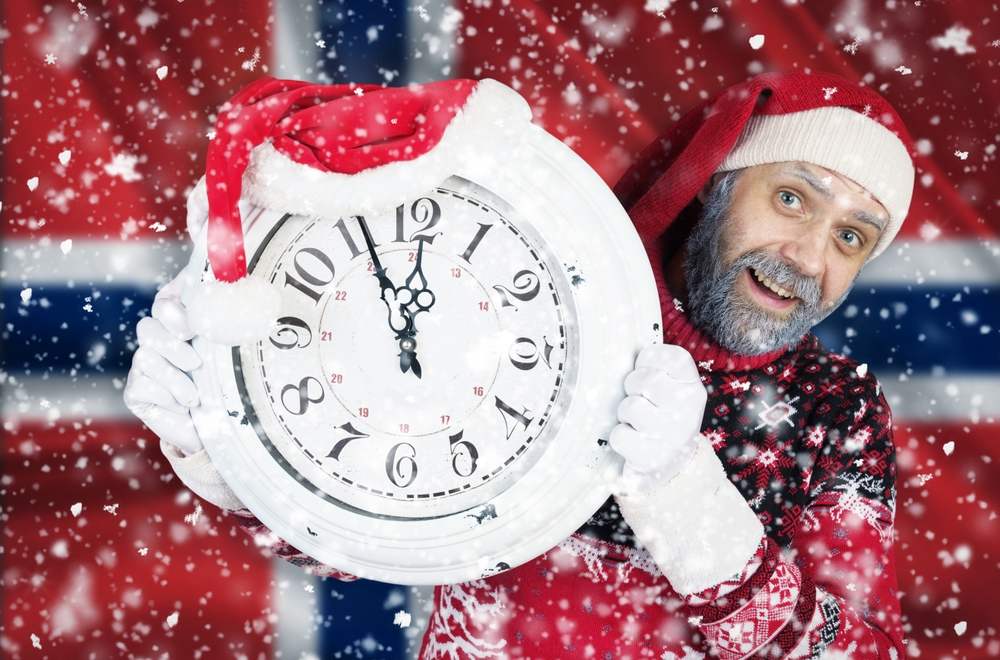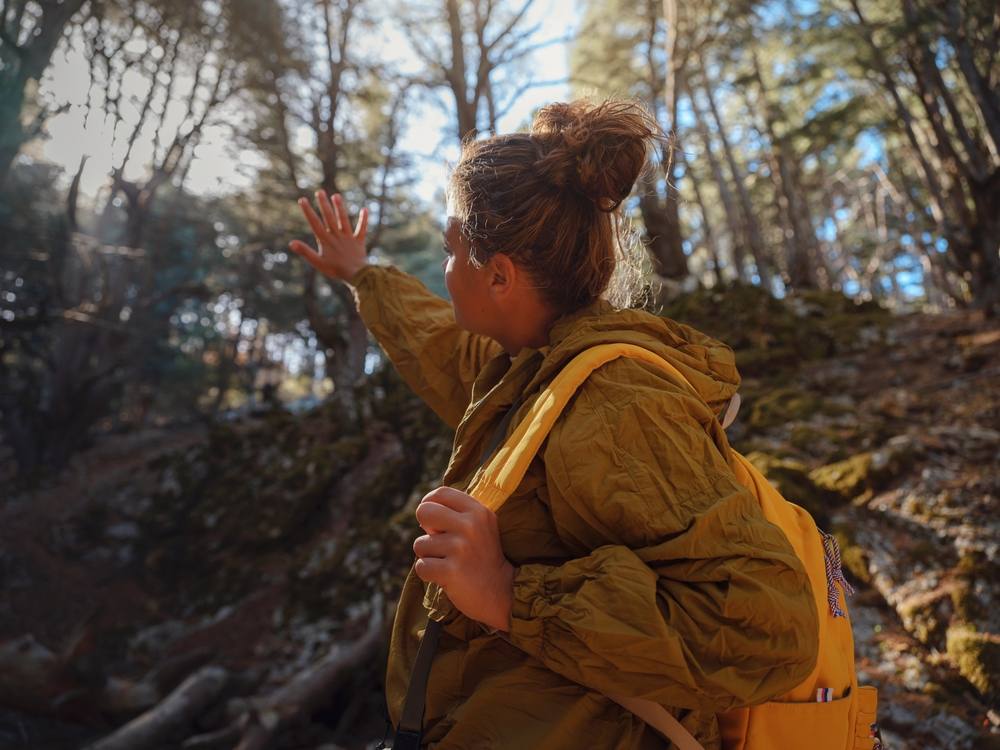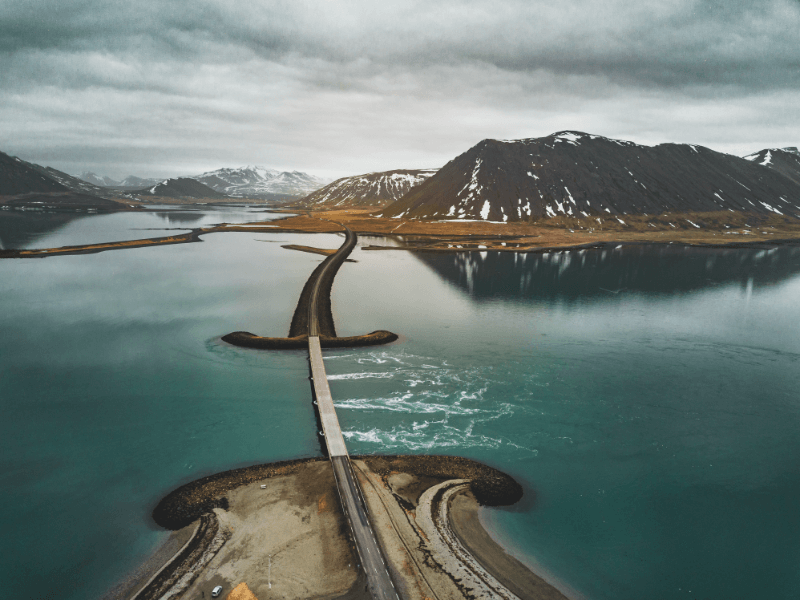As descendants of nomads who inhabited northern Scandinavia for thousands of years, the Sami people live across four countries: Norway, Sweden, Finland and Russia. There are an estimated 80,000 Sami people across these territories, with around half of the population living in Norway.
So, who exactly are the Sami people and what is their culture like? Let’s learn more about these indigenous Norwegians.
History of the Sami People
Living close to the land and at one with nature, the Sami people have occupied Northern Norway for thousands of years. As the last glaciers of the Ice Age receded, the Sami’s ancestors were able to move northwards.
The Sami tribe made their living through reindeer herding, deer hunting, fishing and farming for millenia, making use of the nearby fjords, sea and rivers of Norway. Due to the harsh environmental conditions of the snowy and icy land that the Sami people occupy, they rarely had to defend against invasion.
Sami families regularly followed herds of reindeer as they migrated across the land, from coastal areas in summer to vast plains in winter. By the Middle Ages, the Sami people had to pay taxes to several countries, as the reindeer traveled over different borders.
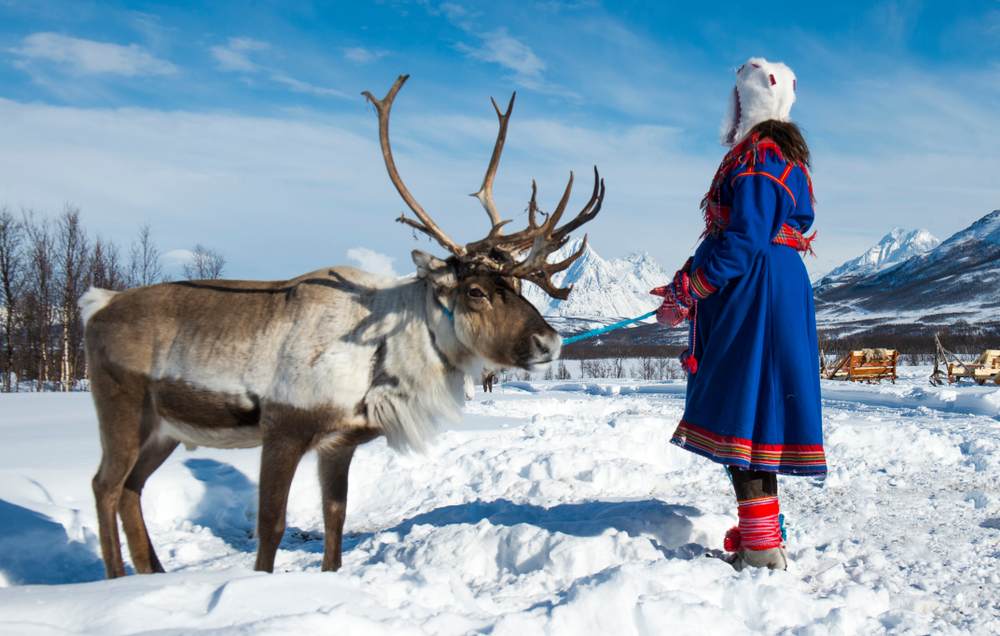
To cope with this problem, some Sami people trained the reindeer to stay within a smaller area, while others became fishermen and farmers. Around 10,000 Sami people still practice reindeer herding today.
Sami people have also faced multiple religious conversion efforts over the years from Christian European settlers, including demands that their children be educated in the country’s state schools. Although the Sami people who resided in the mountains resisted, some coastal Sami living closer to the Europeans converted to Christianity.
Mining, overfishing, losing parts of their land and the proposal to build a dam in the Alta River have all proven to be recent challenges for the Sami people. Some Sami people continue to live a traditional life of the longstanding Sami culture; however, most Sami people have integrated into modern society now.
How Are Sami Different From Norwegians?
As indigenous Norwegians, the Sami people are a distinct group of people who live in the very northern regions of Norway. In the 21st century, many Sami people came to live in the towns of Northern Norway. Some Sami people still live in traditional Sami settlements and earn their living through working in the travel, service and public sectors.
Although the Sami people are linguistically and genetically connected to the Finns, there are also genetically distinct groups of Sami people. Furthermore, the Sami people speak their own languages and have their unique Sami culture, which involves living very close to nature.Are the Sami Related to the Vikings?
This is a common question when learning about the Sami people and the answer is that no, the Sami people are not related to the Vikings. The Sami and Vikings are two different ethnic groups and speak different languages.
While the Vikings spoke Old Norse, which is a Northern Germanic language, the Sami people speak a group of regional dialects that we’ll discuss further below.
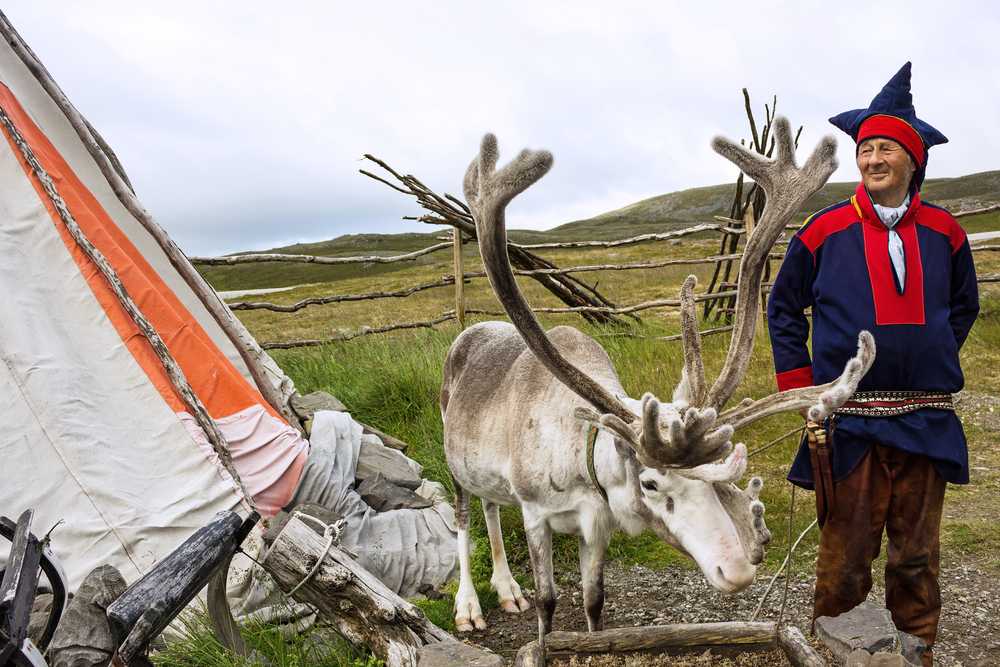
What Languages Do the Sami People Speak?
So, what is the language of the Sami people? Well, there are actually multiple languages spoken amongst the Sami. The most widely-spoken of the approximately ten languages spoken among the Sami people is Northern Sami, which has around 26,000 speakers.
Sami languages are what’s called Finno-Ugric languages, which is a category of Uralic languages that are spoken mainly in Europe and Asia. The word Ugric is derived from a group of people who were native to northern Russia. The three most popular Finno-Ugric languages in the world today are Hungarian, Estonian and Finnish.
What Color Eyes Do the Sami Have?
You might be curious about the physical characteristics of the Sami people, including Sami people’s eye color. Actually, light eyes are the most common among the Sami people, with between 80-85% of Sami people having this eye color.
With a majority of light eyes and blond hair, the Sami people are quite indistinguishable from Northern Europeans in terms of physical characteristics.
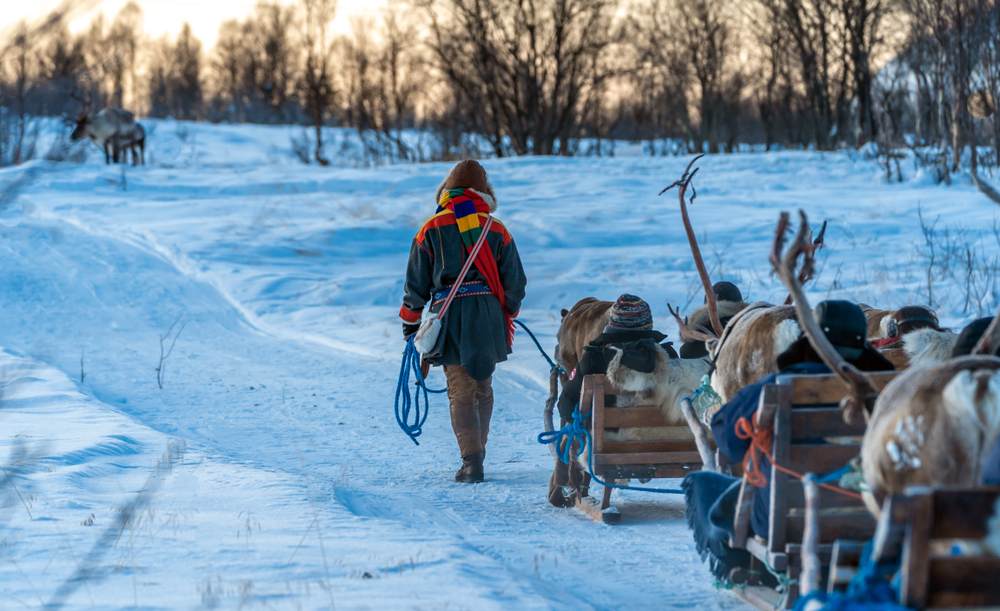
Sami Culture
The Sami people have a rich cultural heritage that revolves around nature. Music, art and storytelling all hold an important place in Sami culture.
In fact, one of the oldest song traditions in Europe is the Sami’s folk music called ‘joik’. Among the Sami people, joik is practiced as part of daily life and is dedicated to a person, animal or place.
Reindeer have always occupied a central place in Sami culture, with reindeer meat constituting a major part of the Sami diet and the fur and skin being used for clothes and shoes. The most famous reindeer Sami dish is probably ‘bidos’, which is a stew with potatoes and carrots, as well as reindeer meat.
How Are the Sami People Organized? – The Sami Parliament
When plans to build a dam across the Alta River during the 1970s and 80s threatened the Sami’s way of life and land, the Sami people decided to form a parliament to organize their efforts to protect their culture and way of life, as well as to make important decisions affecting their community.
Democratically elected by the Sami people, the Sami Parliament in Norway is an indigenous parliament that recognises that the Sami have lived in Norway for long before national borders were established. The Sami Parliament supports the Sami people in retaining their autonomy and developing their own policies.
Located in Karasjok in Northern Norway, the Sami Parliament works with other national and international organizations and bodies to represent Sami interests, including maintaining the Sami-Norwegian relationship.
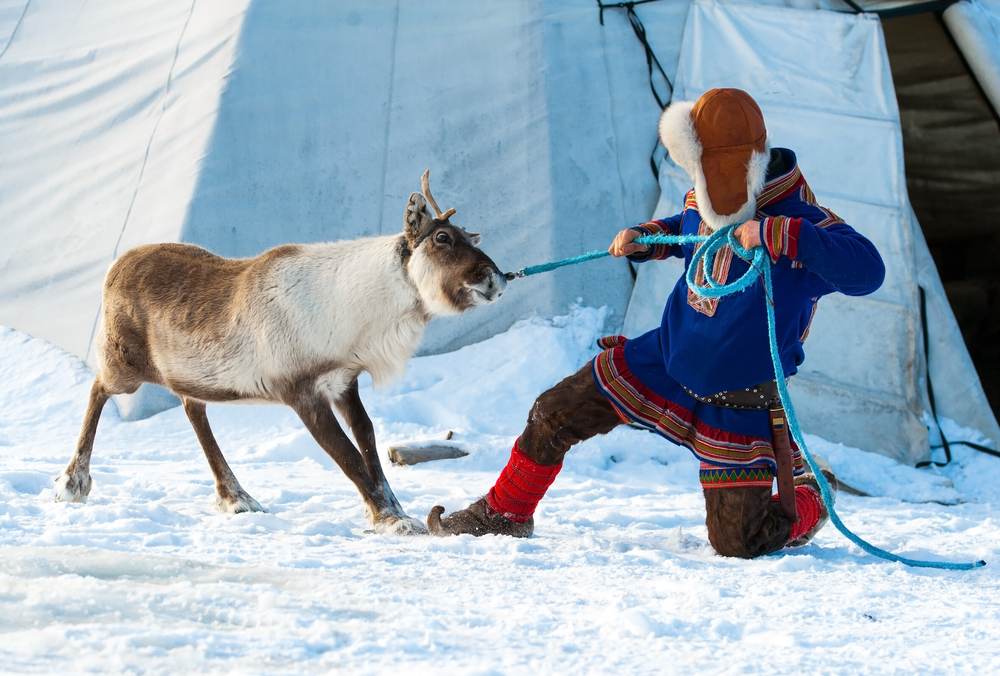
Interesting Facts About Sami People
Learn more about these indigenous Norwegians with our interesting facts about the Sami people:
- The Sami people are recognized as an indigenous people by international organizations such as the United Nations and, as such, are entitled to certain rights and protections under international law.
- A traditional Sami tent is called a lavvo and you can experience a night in one of these tents for yourself by visiting a Sami camp.
- The Sami Parliament is actually shaped like a lavvo!
- There are several Sami festivals in Norway each year, including Sami Music Week in Alta and Sami Week in Tromso, where you can learn more about Sami culture.
- In 2019, the Norwegian-Sami group, KEiiNO, represented Norway in the Eurovision Song Contest in Tel Aviv and achieved sixth place.
- A claim to fame for these Indigenous people of Norway is that a Sami man composed the opening song in Disney’s blockbuster hit Frozen!
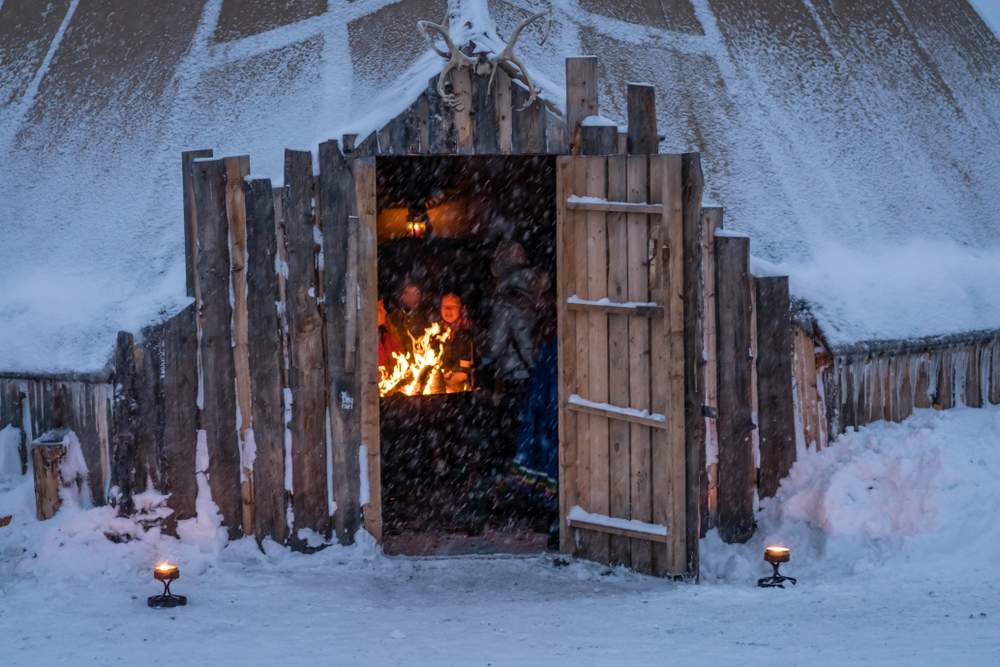
Visit a Sami Camp For Yourself
Inspired to experience Sami life and culture for yourself? You can pay these indigenous Norwegians a visit during your trip to Norway to get a better understanding of their lifestyle and take part in their traditions.
As the Sami people live in fairly remote locations in Northern Norway, you’ll need an efficient means of transport to get there – we recommend traveling by campervan in Norway to make the most of your trip! With a campervan, you’ll be able to reach remote destinations, travel on your own time and have the ultimate flexibility – what could be better?!


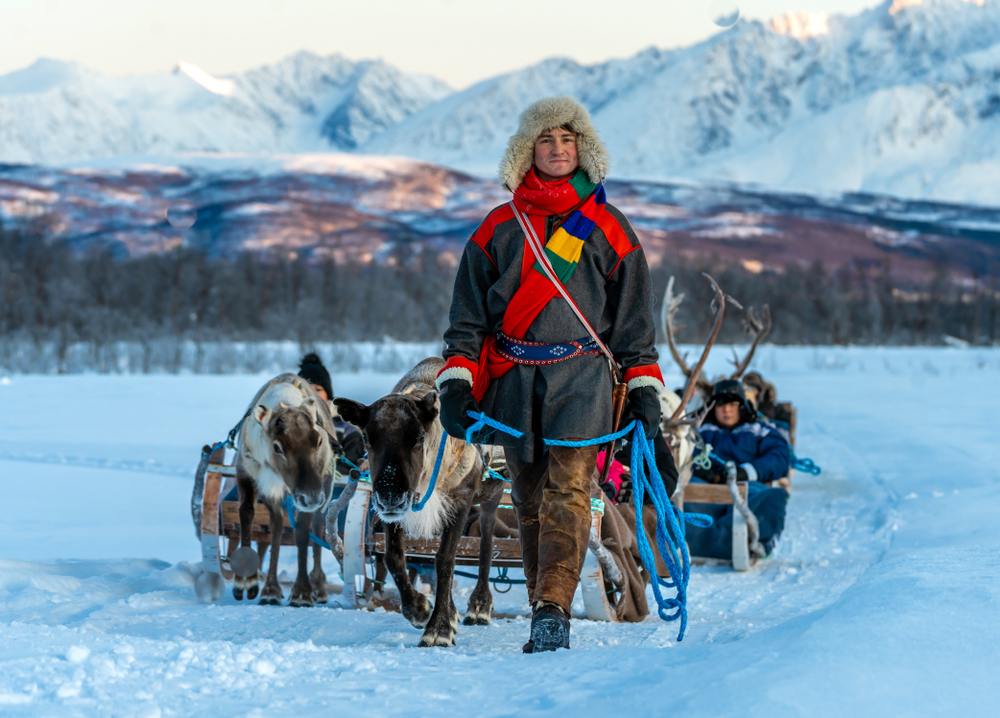
 By
By 
